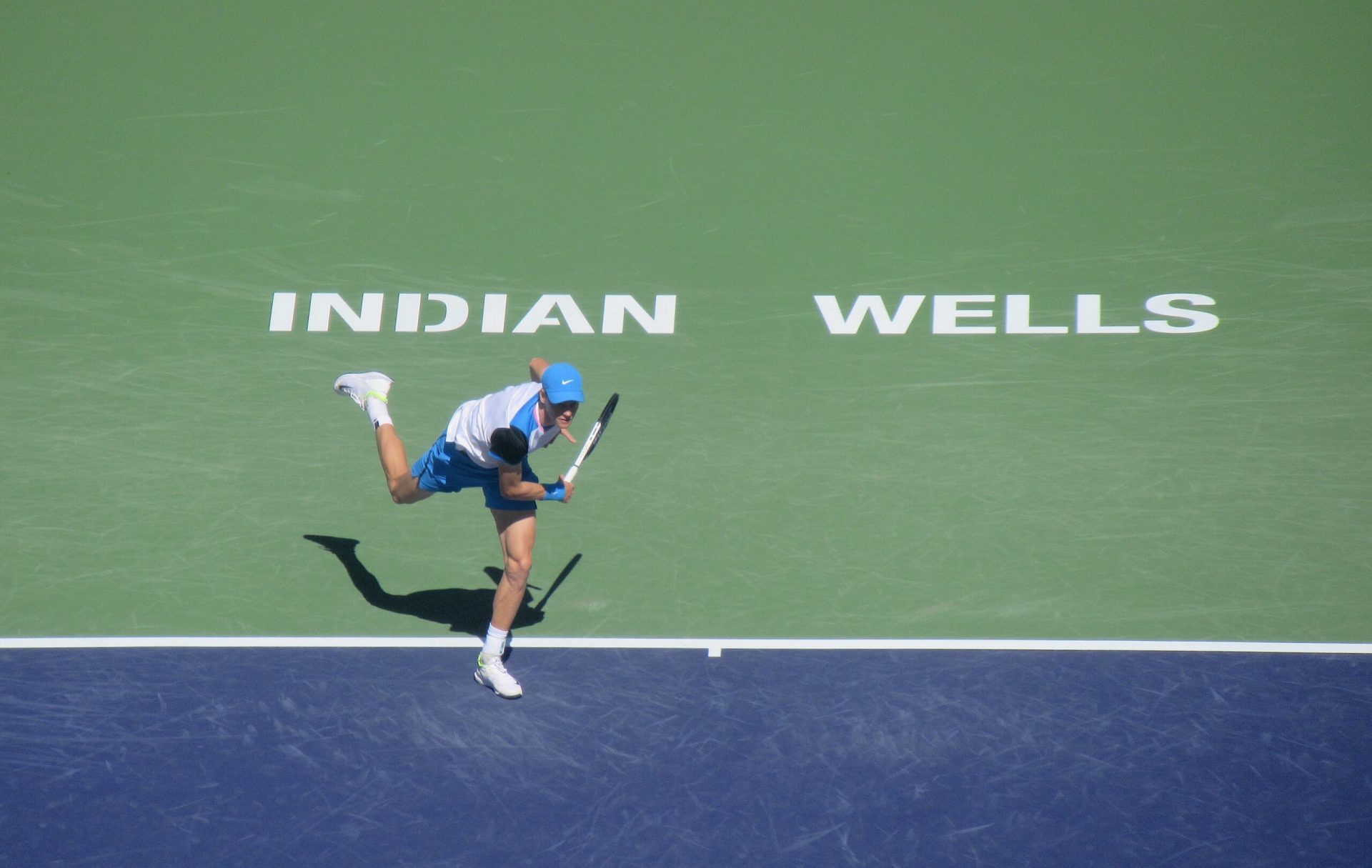[ad_1]
Rafael Nadal surprised quite of few of his fans when he started ‘moonballing’ in his quarter-final win at the 2024 Bastad Open.
The 38-year-old Spaniard is one of the greatest tennis players of all time, but as the age starts to influence his game, he has to start being more creative, and that showed in his quarter-final match at the ATP 250 tournament in Bastad.
Nadal battled Mariano Navone for four hours, and ultimately won the match, 6-7(2), 7-5, 7-5, but during the match, he had to implement various tactics, and one of them were also infamous ‘moonballs’.
‘Moonballs’ are very high balls played close to the baseline, which attempt to push the opponent back, take the rhythm away from the rally, and don’t give the opponent any pace on the ball to work with.
In the past, many players on the WTA Tour used to utilize this tactic, and every now and then, it appears also now, as players on the WTA Tour are generally able to generate even less power on the balls, making the tactic that much more effective.
Surprisingly, as a player who has arguably the best forehand of all-time, and isn’t afraid to run-over for it also into the backhand side, but also has a very solid backhand, Nadal utilized this tactic in his match against Navone.
He was seen playing ‘moonballs’ especially from the backhand side, and after the match, he was asked whether it’s a new tactic that he has added to his repertoire, to what he simply responded that it wasn’t the first time in his career that he adjusted the tactics based on the opponent, the match, and the conditions.
“I do what I normally, during all my tennis career, I was able to adapt about what I need in every single moment. I have been a player, I never had only one way to play tennis, I had different ones.”
The Spaniard immediately saw that the tactic was effective, and since his backhand didn’t work well in the match, even though it improved as the match went on, he had no incentive to change the tactic, especially since it kept working.
“And at some moments, that worked well, because I was not able to open the court the proper way against his forehand with my backhand. I started the match playing really badly from my backhand, then I improved.”
On top of that, the conditions in Bastad helped him as well. As a coastal city, Bastad enjoys quite a lot of wind, and that was the case also in the quarter-final match, when the wind blew from one side, even further helping the 14-time French Open winner to utilize his tactic.
“But it’s true that when the ball was going fast, more-less, he played at a very high rhythm, so especially when the wind was helping, from the right side of the umpire, that shot worked, because it’s very difficult to come in, and you have to go very, very far, and it’s difficult to hit a good ball from there.”
[ad_2]



